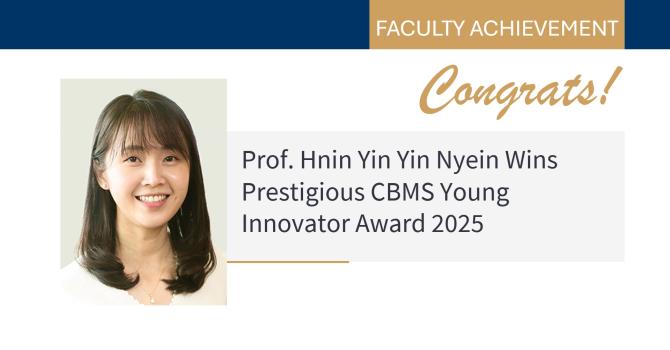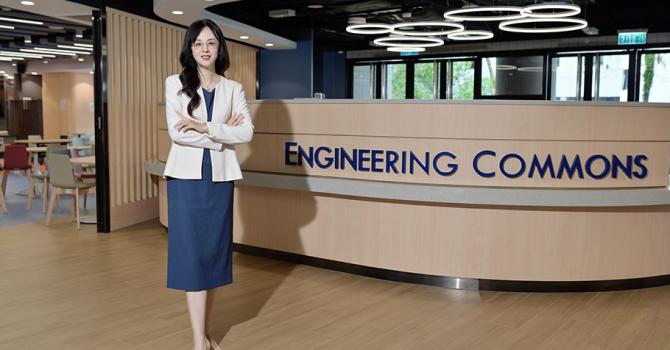Diagnosing Knee Abnormalities Like an Experienced Radiologist: A Novel Deep Learning Model by HKUST Engineering School
Multi-sequence knee magnetic resonance imaging (MRI) is a sophisticated non-invasive technique used to diagnose knee pathologies. However, interpreting MRI results is time-consuming and requires significant expertise. To address this, a research team led by Prof. Hao CHEN, Assistant Professor of the Department of Computer Science and Engineering and Department of Chemical and Biological Engineering at HKUST, has developed a deep learning model that can classify 12 common knee abnormalities, improving both efficiency and accuracy.
This study was a collaborative effort between HKUST's Smart Lab in Hong Kong and the Third Affiliated Hospital of Southern Medical University in Guangzhou, China. Their findings were published in Nature Communications in a paper titled "Learning Co-Plane Attention Across MRI Sequences for Diagnosing Twelve Types of Knee Abnormalities." The research involved collecting data from 1,748 patients, including various MRI sequences and arthroscopy results, to train and validate their model.
The deep learning model, known as Co-Plane Attention across MRI Sequences (CoPAS), effectively captures intensity variations and identifies complex correlations between different MRI sequences and knee abnormalities. In clinical tests, the model's diagnostic accuracy surpassed that of junior radiologists and was comparable to senior radiologists. This innovation not only enhances diagnostic accuracy but also bridges the gap between less experienced and senior doctors, demonstrating the potential of artificial intelligence in healthcare.
For more information, please refer to Diagnosing Knee Abnormalities Like an Experienced Radiologist: A Novel Deep Learning Model by HKUST Engineering School | HKUST School of Engineering






